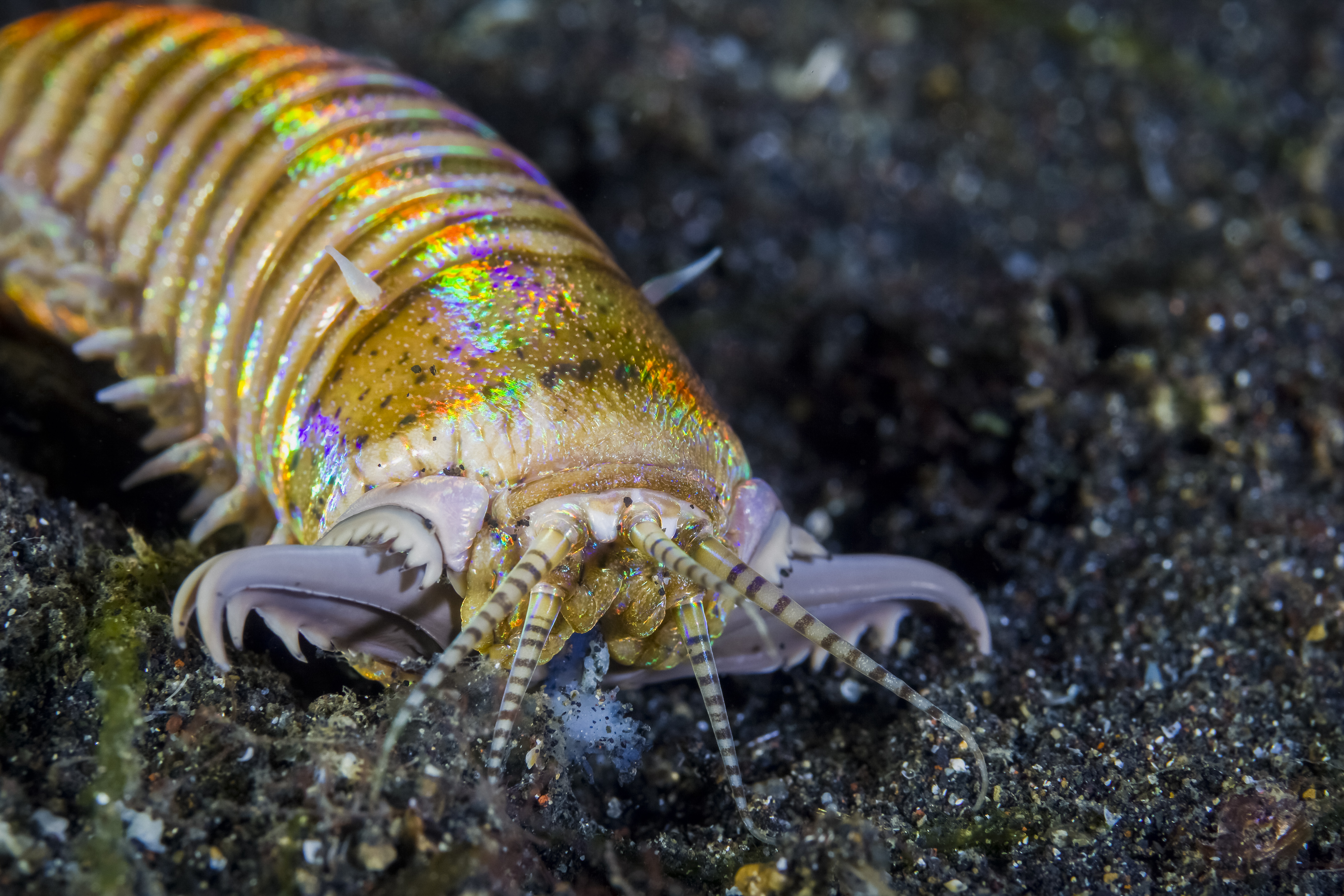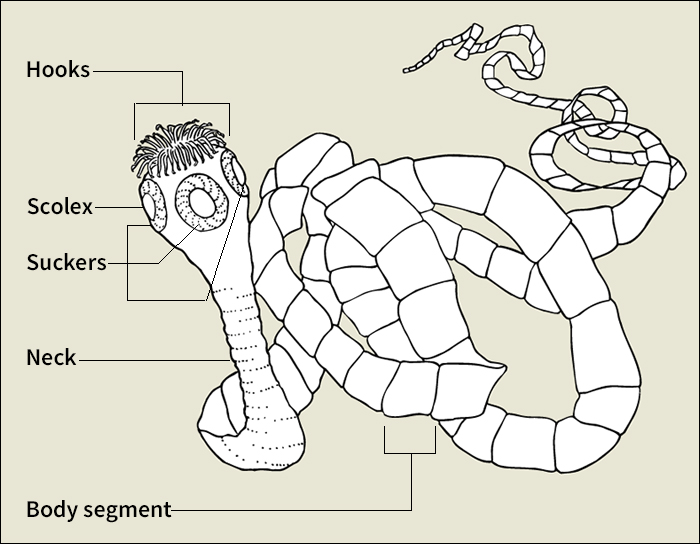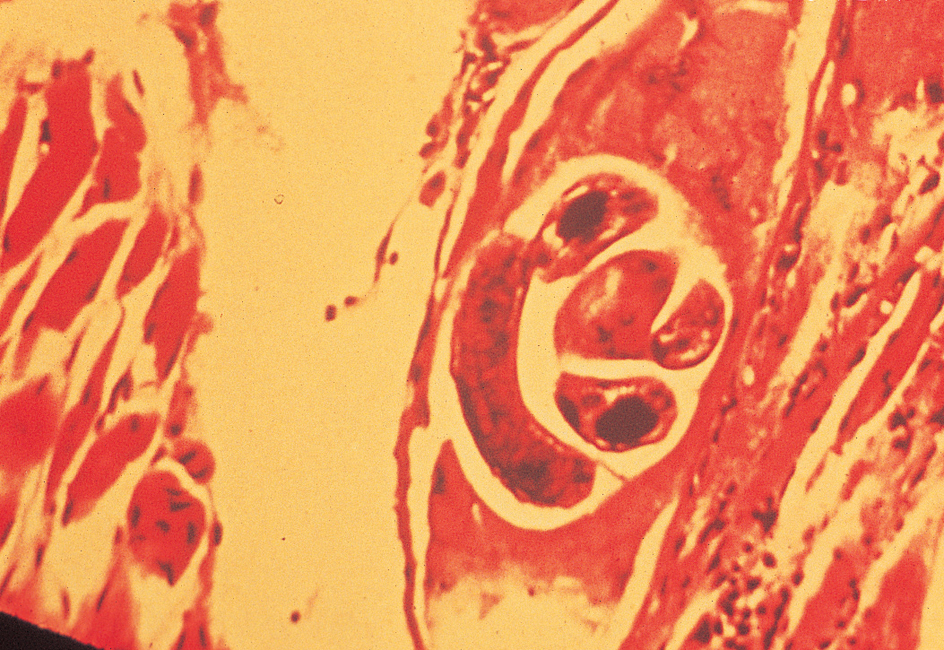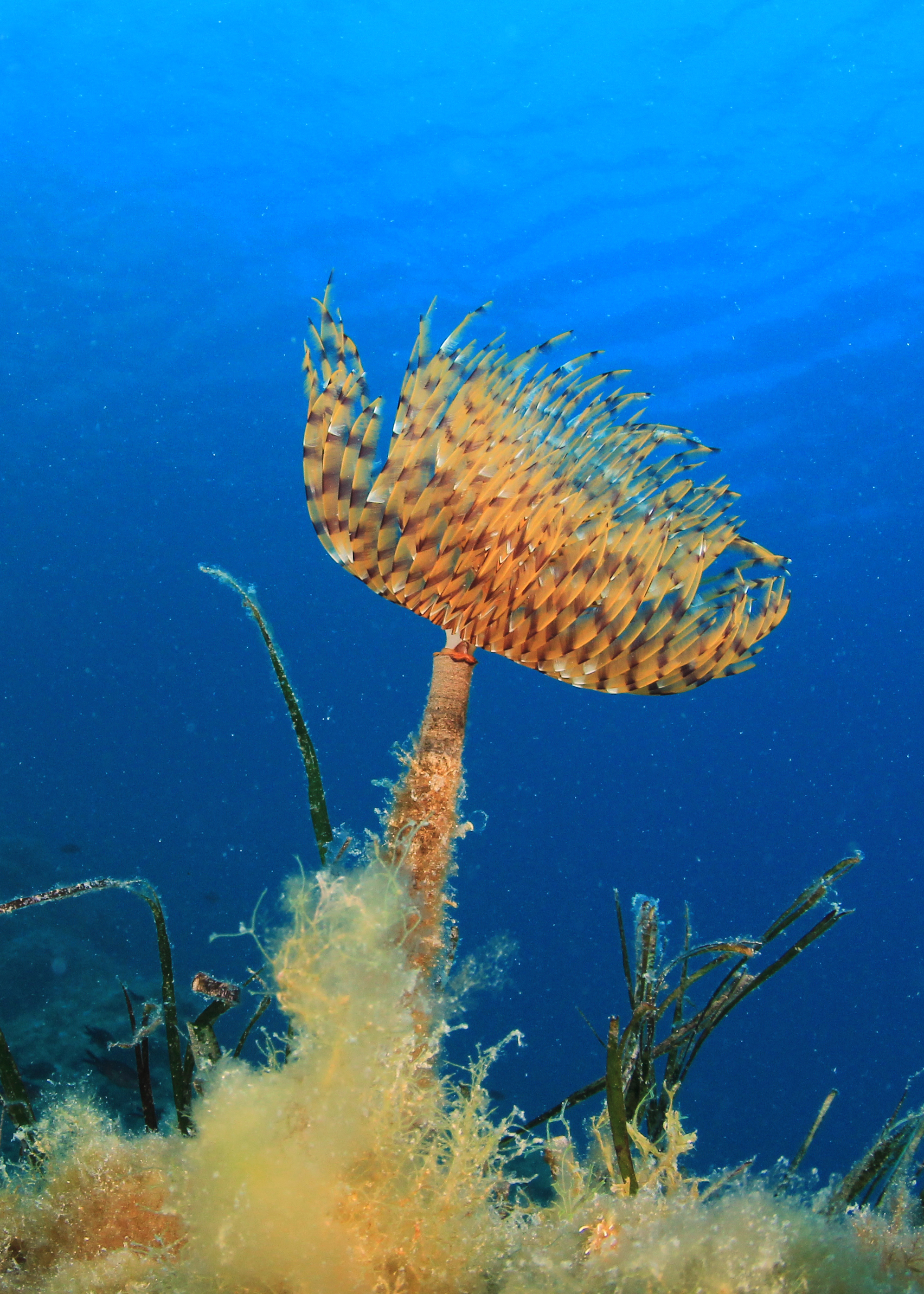Worm is any of several kinds of animals that have a soft, slender body and no backbone or legs. There are thousands of kinds of worms. The largest species measure many feet or meters long, and the smallest ones cannot be seen without a microscope. Some worms live in water or soil. Many of these free-living worms eat small plants and animals, and others feed on decaying matter. Still other worms live as parasites in various animals and plants. They cause a number of diseases.

Many people believe that such wormlike animals as caterpillars and grubs are worms. But these animals are insects in their larval (juvenile) stage and do not resemble worms after they mature.
Most species (kinds) of worms have a well-developed sense of touch. They also have special organs that respond to chemicals in their surroundings. Many species have a sense of sight, with eyes or eyespots on the head.
There are four main groups of worms: (1) flatworms, or Platyhelminthes; (2) ribbon worms, or Nemertea; (3) roundworms, or Nematoda; and (4) segmented worms, or Annelida. The study of parasitic worms is helminthology.
Flatworms
are the simplest kinds of worms. Some of them look like oval leaves, while others resemble ribbons. Flatworms include both free-living species and parasitic species. Most free-living flatworms live in the sea. But many freshwater species live among algae and stones along the shores of lakes and ponds. These flatworms, called planarians, capture and eat tiny animals. Flukes and tapeworms are parasitic flatworms that infect human beings and many other animals. Adult flukes and tapeworms can live in the bloodstream, intestines, liver, and lungs, frequently causing serious diseases.

Ribbon worms
resemble flatworms, but many species grow larger. Most ribbon worms live in the sea. A few measure several feet or meters long. Ribbon worms are also called proboscis worms. They have a long proboscis (tubelike structure) that they shoot out from their head to capture prey. They feed on animals, including other worms and mollusks.
Roundworms
make up the largest group of worms. There are thousands of species. Roundworms have a long, cylindrical body that resembles a piece of thread. Some, including filariae, hookworms, and trichinae, are parasites that cause diseases in human beings and other animals and in plants. Free-living roundworms live in water or in soil. They eat bacteria, fungi, and small plants and animals.

Segmented worms
are the most highly developed worms. Their body consists of segments that give the worms a ringed appearance. This group includes polychaete worms, oligochaete worms, and leeches.
Polychaete worms, the largest group of segmented worms, live in the sea and along the shore. Many of these worms have tentacles (feelers) on their head and a pair of leglike projections called parapodia on each body segment. The parapodia are used in crawling. They have many setae (bristles) that help the worms grip the surface on which they are moving. Many polychaete worms live among algae or burrow in mud or sand. Some live in tubes attached to the sea floor. A worm makes its tube from sand or from material secreted by its body. Some polychaete worms eat small plants and animals. Others feed on plant and animal remains.

Oligochaete worms include earthworms and many freshwater species. They have a few setae but no parapodia. Most oligochaete worms eat decaying plant matter.

Leeches make up the smallest group of segmented worms. They grow from 3/8 to 12 inches (1 to 30 centimeters) long and have a flat body with a sucker at each end. Most leeches live in water and feed on the blood of fish and other water creatures.
